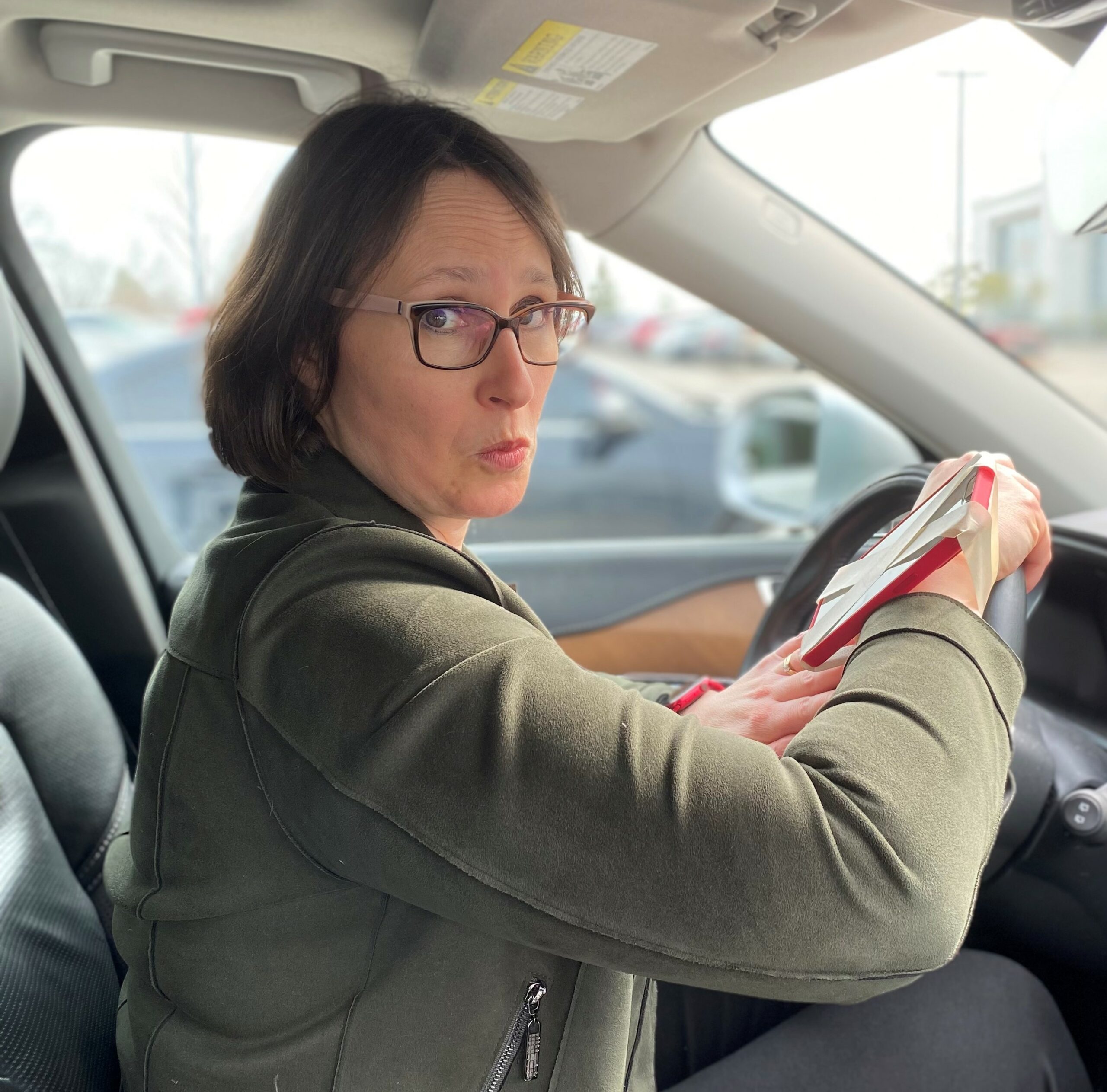Law Resources & News

ODSP Changes – Caps On General Damages Removed!
People receiving benefits through the Ontario Disability Support Program have strict parameters around the amount of money they are allowed to keep in their bank

Ontario’s Pretrial Conference Rules Are Changing
Lawsuits can settle at any time. But if a settlement doesn’t appear to be forthcoming, all cases in the Ontario Superior Court will eventually be

Perpetrators Found Not Guilty In Court May Still Be Sued
If you are a survivor of sexual abuse or sexual assault, you can pursue both criminal charges and a civil lawsuit. In order for the

United Way Honours Claire Wilkinson With 2020 John F. Evans Award of Community Distinction
Claire is one of the community’s leading practitioners in the field of personal injury and sexual abuse litigation. Her dedication to service to the profession and to the community is remarkable.

COVID-19 Impact On Limitation Period: What You Need To Know
The COVID-19 situation has therefore created a pause in Ontario’s normal limitation period protocol, but since online filings of statements of claims have continued throughout the pandemic, if you wish to avoid further delay in your litigation, you can ask your lawyer to have your statement of claim filed electronically with the court.

Am I Suing A Person or An Insurance Company?
If you are injured in a car crash and feel that you should be entitled to compensation for your pain, income losses, or other expenses, rest assured that in most circumstances, it will be an insurance company that is paying for your claim – not the individual person who actually caused the car crash.

Ontario launches Civil Case Management Pilot – One Judge Model
Litigation cases are taking too long to move through the system. Ontario had to find a way to relieve some of the backlog that has been piling up and straining judicial resources. In 2018, I had the pleasure of participating in a case management pilot planning group chaired by Chief Justice Strathy, that also included members of the judiciary, the Ministry of the Attorney General, the Ontario Bar Association, the Advocates Society, the Law Society, and others, with the goal of examining support to explore utilizing a one judge model here in Ontario.

Proposed Changes To The Rules For Simplified Procedure
Access to Justice There is a movement underway that originated with the judiciary in Toronto to amend the Rules of Civil Procedure to expand the

Underinsured Benefits
WHAT IS THE OPCF 44R, AND WHY DO YOU NEED TO KNOW ABOUT IT? When you purchase an automobile insurance policy, you are protecting yourself

Employment Law Basics
Employment law in Canada is a complex and evolving legal framework that governs the relationship between employers and employees. Each province and territory has its

Addiction as a Disability
Disclaimer: The stigma surrounding addiction as a disability is multifaceted and deeply entrenched in society. Even the terms addiction, addict, and drug abuse can be

Disability Benefits
Disability benefits are available to Canadians through both private insurance plans and public government programs. The following is a list of some common forms of

A LEGAL ANALYSIS OF TAYLOR SWIFT’S “ANTI-HERO”
“I have this dream my daughter-in-law kills me for the moneyShe thinks I left them in the willThe family gathers ’round and reads it and

Shorter Timelines for Winter Weather Slip and Fall Claims in Ontario
Warning, warning, warning!!! If you have a potential personal injury claim arising from a slip and fall on ice and snow in Ontario, you must

Do I Really Need a Minute Book for My Corporation?
This is a common question that we get from our corporate clients who have just incorporated a new corporation. Given that many corporations start with

Are you Able to Work? Or… Are you Able to Perform Sustained Gainful Employment?
Have you had your disability insurer ask a healthcare provider whether you are able to work? That simple question is often critical, yet misleading. Your

Smartwatch? Distracted Driver.
Smartwatches are one of the most popular pieces of technology available today. Users are attracted to the convenience of having a watch that allows them

Preparing Your Business For Sale – 7 Things To Have In Mind
Sometimes one is forced to sell their business due to failing health or for financial reasons. If you are fortunate enough to be in a

Don’t Slip Up On The 60-Day Notice Period
Have you been injured in a slip-and-fall accident? Was it caused by someone’s failure to clear ice or snow? If so, you need to provide

CRB/CERB is NOT Deductible From Income Replacement Benefits!
If you have been injured in a car accident, your auto insurer may be required to pay you certain benefits called “accident benefits.” They are

What Is a Small Estate? – Martin & Hillyer Associates
For many years there was only one way to obtain a Certificate of Appointment of Estate Trustee (often referred to as “probate”). Since April of

